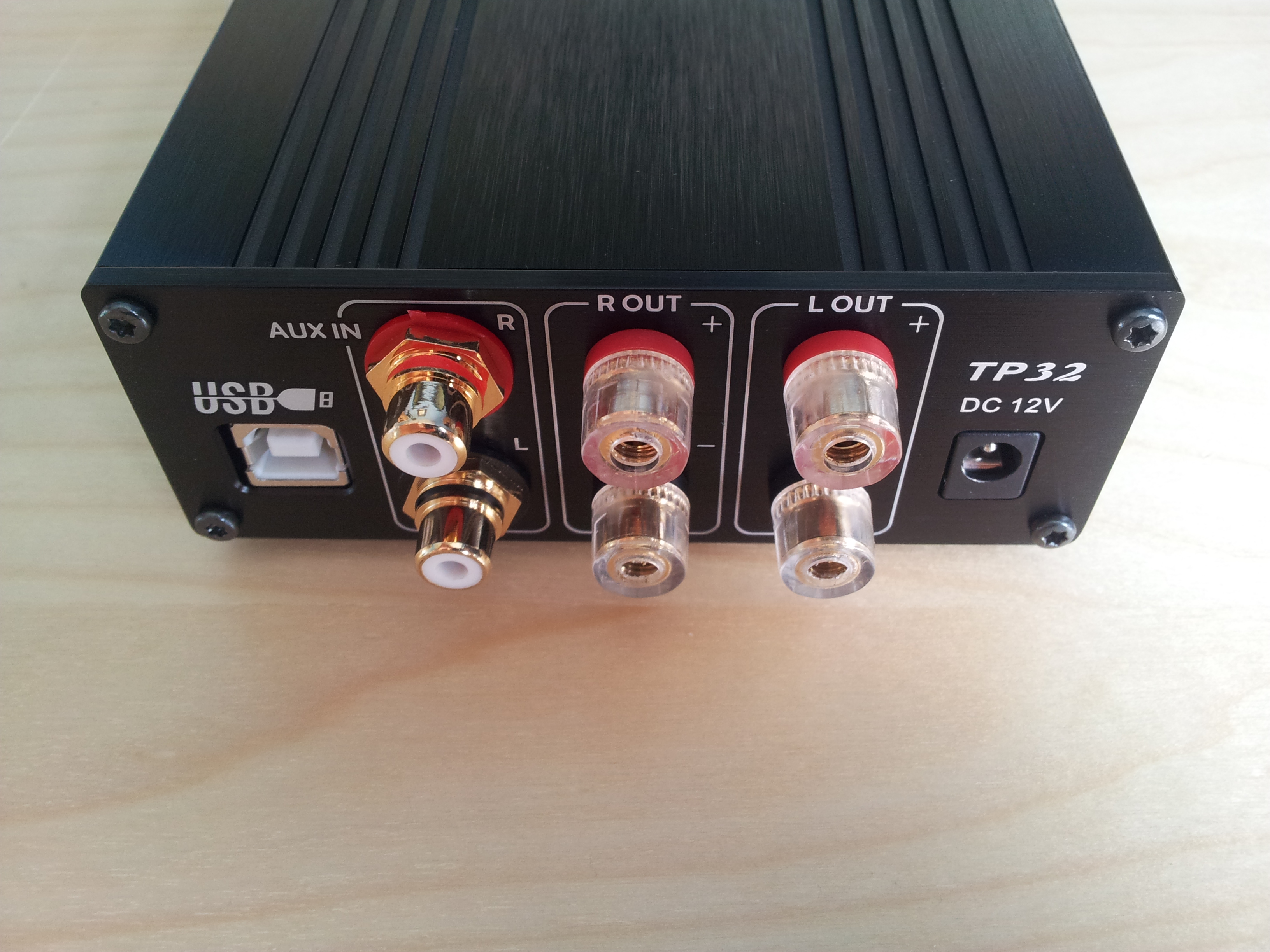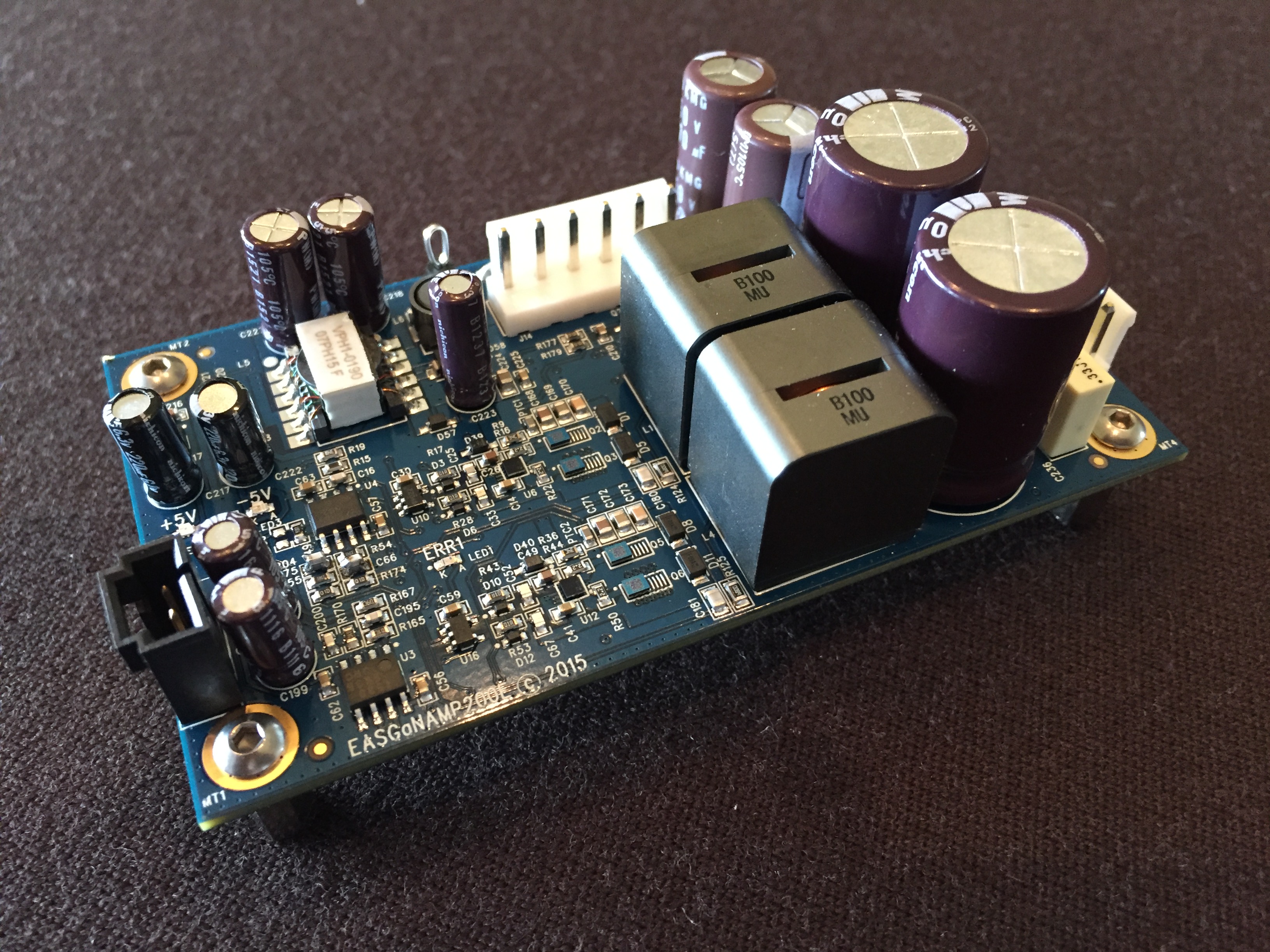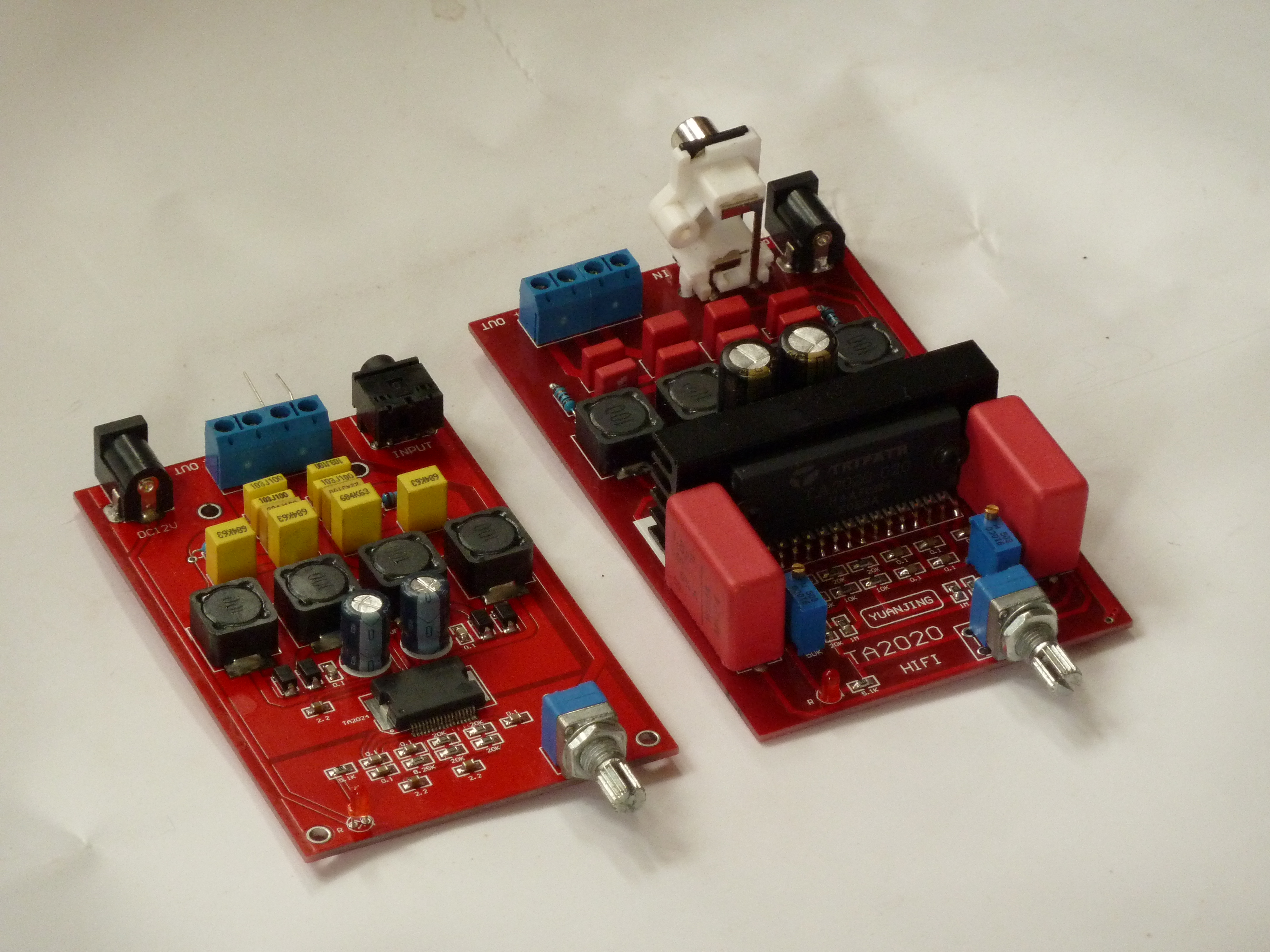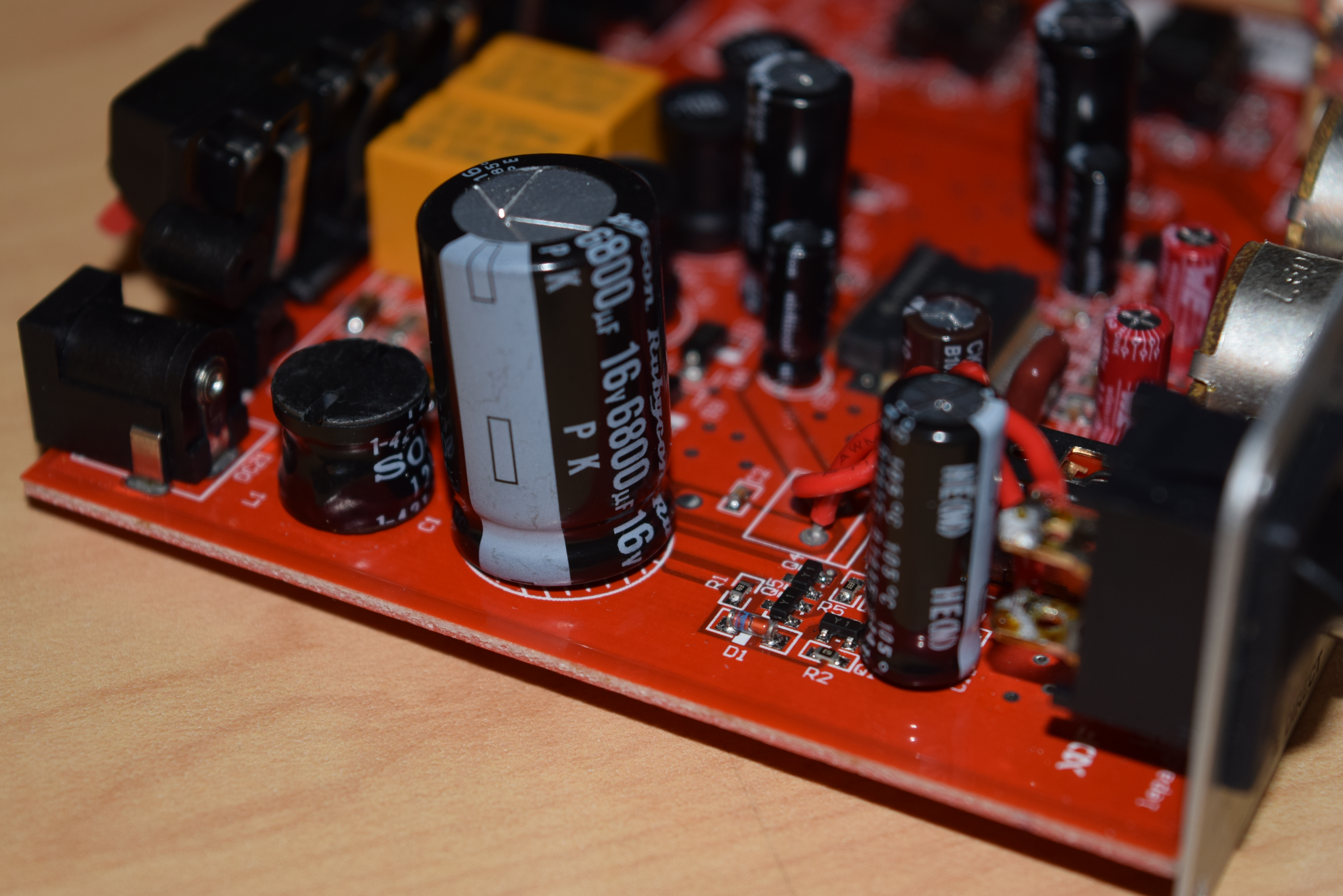Contents
Once it comes to modern electronic amplifier classes, Class D vs. Class T is a common topic of discussion with different people having different about the winner. While Class D amplifiers offer quite a few benefits, Class T amplifiers rarely fail to please as well. You know little about electronic amplifiers and have a hard time choosing between the classes? Check out this article to get to know the characteristics of the amplifier classes and make a wise investment.
Differences Between Class T amplifier vs. Class D
To decide which one comes out on top regarding Class T amplifier vs. Class D, it’s of utmost importance to grasp their design.
-
Class D
In Class D amplifiers, the amplifying devices work as electronic switches instead of electronic linear gain devices. a direct contrast to electronic amplifiers of other classes. Considering the fact that that the pairs of output transistors never conduct at the same time, the current flow has no other path aside from the low-pass filter/loudspeaker. That is why the efficiency of Class D amplifiers often exceeds 90% and heat dissipation is nearly zero in most models. As heat sink is unnecessary, Class D amplifiers tend to have a rather light weight.
-
Class T
While multiple people believe that Class T is an independent class of amplifiers, it’s just a trademark for a particular Class D amplifier used for Tripath’s amplifier technologies. Tripath create Class T amplifiers by combining basic Class D amplifiers with proprietary techniques to regulate the pulse width modulation. Tripath claim that the combination makes Class T amplifiers superior to Class D amplifiers regarding overall performance in most cases.
A Couple Of Considerations about Class T amplifier vs. Class D
-
Availability
As Tripath already filed for bankruptcy back in 2007, the availability of original Tripath Class T amplifiers is less than ideal. While people could still get their hands on Class T amplifiers from time to time, it seems that supply might be exhausted at any moment. Therefore, to ensure uninterrupted productions, a lot of manufacturers prefer to use Class D amplifiers instead of Class T amplifiers. Needless to say, if you buy products that utilize Class T amplifiers, keep in mind that replacement parts for the amplifiers could suddenly dry up.
-
Performance
All in all, Class T amplifiers have every advantage of Class D amplifiers but the superior control over pulse width modulation give the Tripath’s design an edge in performance. Hence, if you want high-performance amplifiers, choose Class T.
-
Cost
Depending on the manufacturers, the price of Class D amplifiers often varies greatly between models. That being said, you should be able to purchase quality and affordable amplifiers from Class D by searching around the market. In the case of Class T, as Tripath is out of business, you could get amplifiers of the class at cheap prices in most cases.
Conclusion: It’s All About Preferences of Class T amplifier vs. Class D
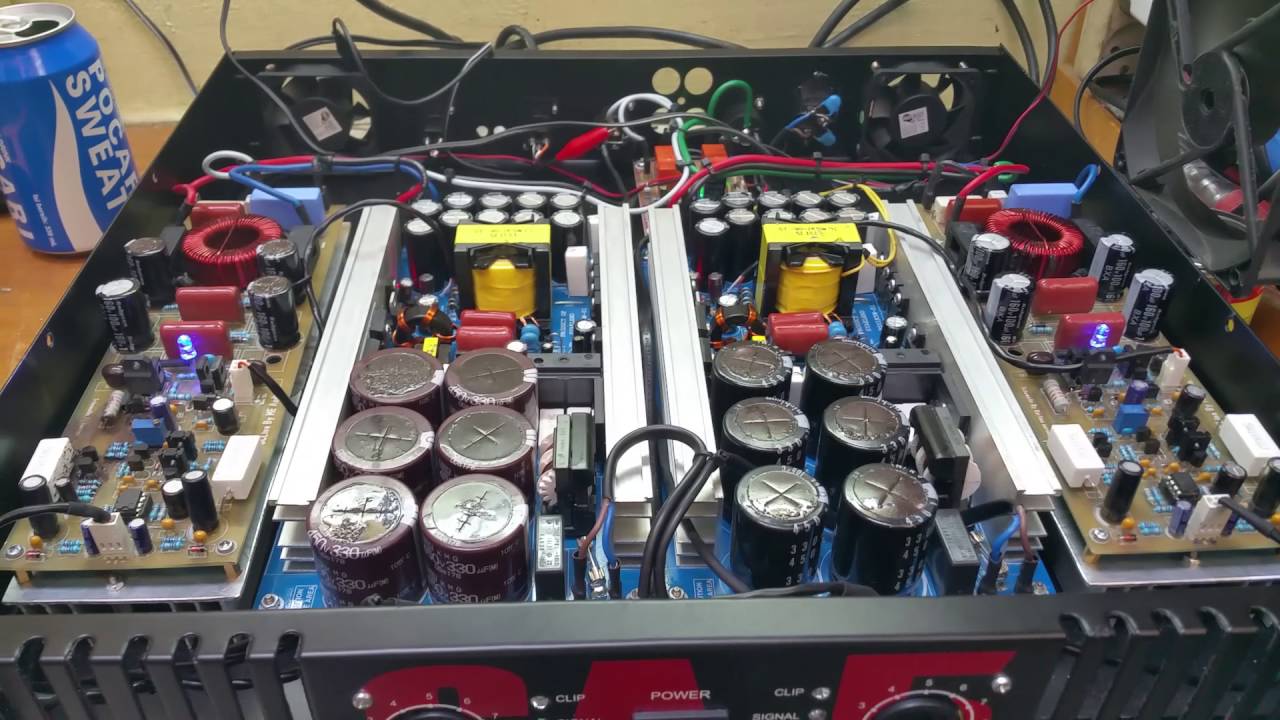
As different people have different tastes, it’s impossible to determine the winner while talking about Class T amplifier vs Class D without considering preferences.
Generally speaking, if performance happens to be your topmost priority for amplifiers then Class T amplifiers would be your best bets. While most Class T amplifiers tend to be a bit old today, they could still offer a lot of values. But if you want something that could be repaired and replaced without much difficulty, go for then Class D amplifiers. The extensive use of amplifiers from Class D in today applications means that access to spare parts is superb.

Hi music fan! I am Jeff. Hope that you enjoy some stuff I shared here in my personal blog.
About myself, Currently I am in charging as Artist Manager/Music Supervisor at 72 Music Management. I did managed album to Grammy Award in 2017 with 7 Nominations from 2014-2020 and had the opportunities to work with : A.J. Croce, Blind Boys of Alabama, Bobby Rush, Dom Flemons, Dustbowl Revival, Sarah Grace
Governor of the Memphis Chapter of The Recording Academy is one of a award that I am lucky to achieved.
